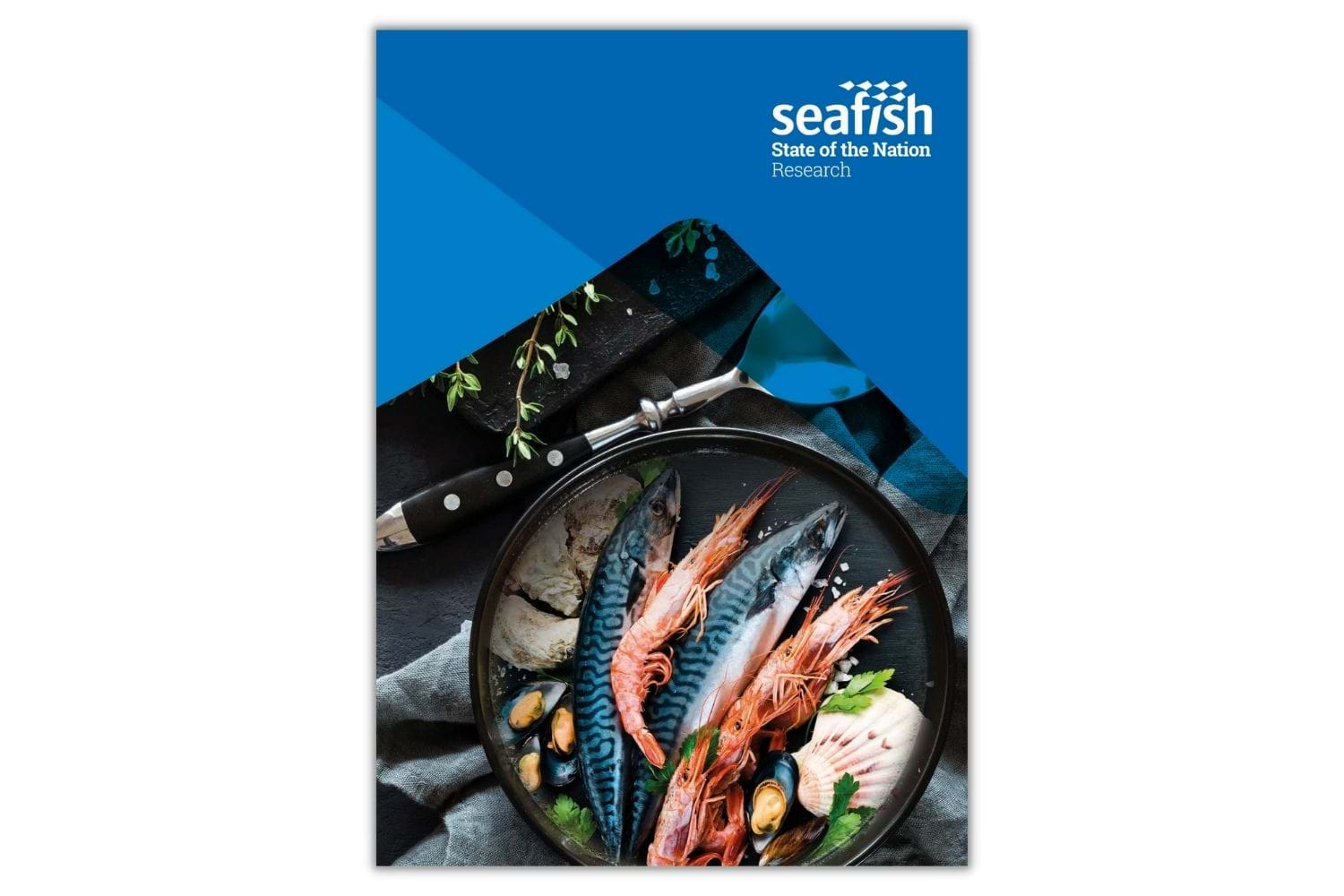Consumer research
This page has information on:

In summer 2021 we asked market research company Mustard to carry out some qualitative consumer research.
The research objective was to get an in-depth understanding of what type of consumer marketing campaigns were more likely to appeal to the starting out and stretched families audience groups. (You can find out more about these audiences segments on our Resources to support consumer marketing webpage.)
The research project was carried out using a pop-up online community. This ran for one week with 20 participants. It included 10 participants from the starting out segment and 10 from the stretched families segment. The community was made up of males and females (8/12 split) based in various locations across the UK.
Research participants were asked about their:
- Perceptions and understanding of seafood
- Behaviour when purchasing, cooking and eating seafood
- Preferences on seafood species, flavours and dining occasion
Research findings
We’re always keen to share insight with industry so you can apply learnings to the work you do. Key findings relevant to businesses operating in the seafood sector are:
- Online and social media are important channels to push message and influence behaviour.
- These audiences are more likely to try seafood they wouldn’t normally eat when encouraged to do so by family or friends when eating out of home.
- When promoting seafood, it is important to play on the positives – seafood is seen as being tasty, fresh and light and also, healthy.
- Perceived expense is a barrier, especially for starting out families – recipes should provide a cost per portion.
- These consumers need guidance on how to prepare and cook seafood - showcase simplicity and speed, grade recipes by complexity and provide easy alternatives if complex prepping is needed.
- These consumers are more open to ‘less adventurous’ and more familiar types of seafood, like cod, prawns, salmon – many are afraid of shellfish.
- They often look for ideas and inspiration and are more likely to try seafood in meals and cuisines they already like – for example pasta, curries and Asian inspired dishes.
- The biggest opportunity lies in exploring if it’s possible to influence buyer behaviour at the point where they’re planning their meals and shopping for the week.
In response to questions on creative testing, responses suggested that adverts promoting seafood should:
- Use bright and colourful imagery that grabs attention
- Show stylised finished meals
- Simplify the meal by also showing raw ingredients/number of ingredients
- Be playful and incorporate humour
Things to potentially avoid in adverts include:
- Positioning text over images of the seafood or dishes
- Using lifestyle imagery that feels staged or forced
- Showing unprepared seafood (skin, bones, shellfish)
- Showing people working in the industry
- Using unauthentic celebrities
If the respondents were tasked with encouraging people to eat more seafood, they would focus on:
- Offering meal ideas with simple, easy-to-follow recipes (and keep imagery and ads simple and tasty looking too)
- Educating potential consumers about the health benefits of eating seafood
- Giving advice on how to swap other proteins (like meat) for seafood
- Talking about responsible sourcing and sustainability

Our State of the Nation consumer research was conducted by YouGov in April 2018. A sample of 2,047 UK adults was used, with figures weighted to ensure that the findings are representative of all UK adults aged 18 and over.
This provided robust qualitative and quantitative data, which was analysed to produce findings that show:
- Current UK consumption patterns of seafood
- Consumer perceptions towards fish
- Barriers to eating more seafood
- Awareness of different species
- Perceived health benefits of fish
- Approaches to diet overall
- Potential means of encouraging higher fish consumption.
Research findings
We want businesses all along the supply chain to benefit from this insight and use the results to help shape their offering to consumers, so we’ve created a summary document that highlights the key messages from the research. It contains all the main facts and figures alongside practical suggestions for how industry can act on some of those findings.
The complete research document is also available for those would like to see the full results of the study.
A video presentation of the key findings and takeaways is also available to watch below.
Our market insight team use data and insight from retail, foodservice and trade reports to analyse consumption of seafood and shopper habits.
You can download our latest consumer research reports from the links below.
Contact our Market Insight team
Do you need more insight on consumers habits in the UK? We're here to give you the best information to help you make informed decisions about your seafood business. All based on the latest and most reliable data.
Contact details for our Market Insight team are included below: